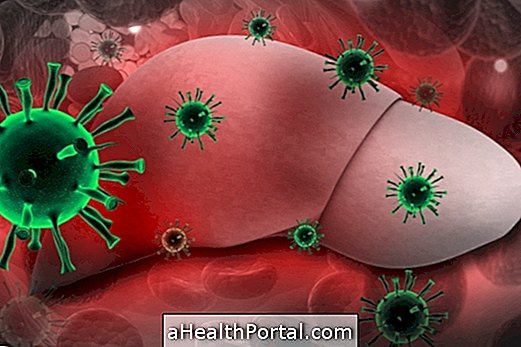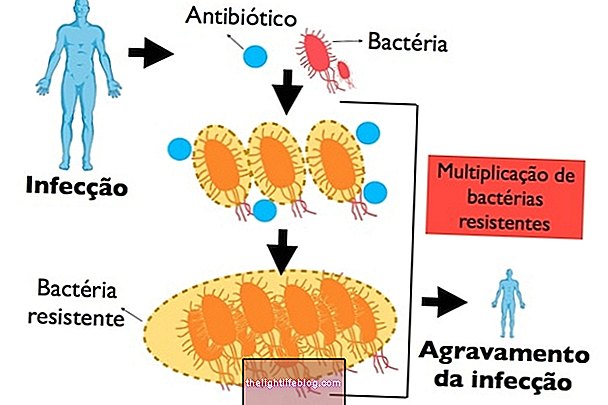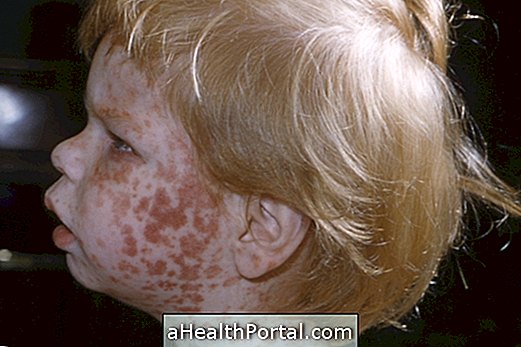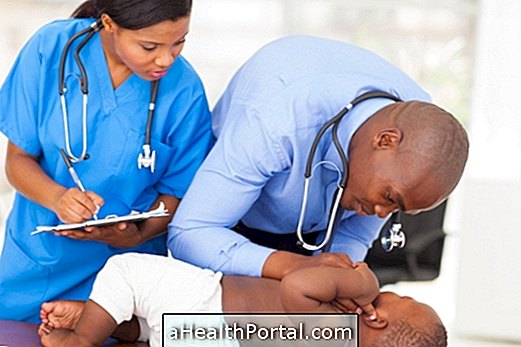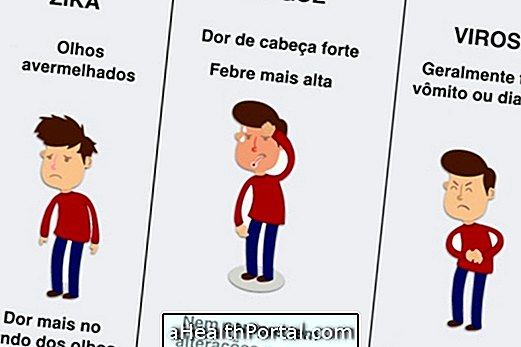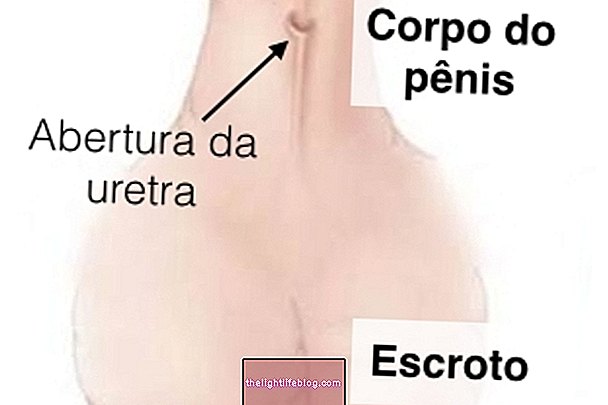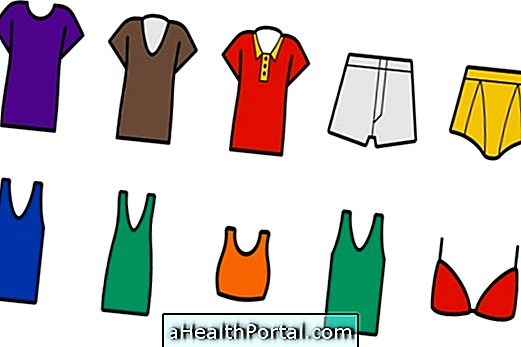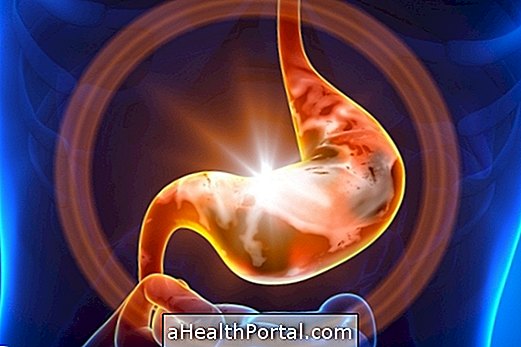Treatment for tetanus should be started as soon as possible when the first symptoms appear, such as contraction of the jaw muscle and fever, after a cut or wound on the skin, to avoid the development of serious complications such as difficulty in breathing or coma, for example .
See other symptoms that you should watch out for: Symptoms of tetanus.
Thus, when there is a suspicion of being infected with tetanus, it is recommended to go to the hospital immediately to begin treatment, which is usually done with:
- Injection of antitoxin directly into the blood to block the action of tetanus toxins, avoiding worsening of symptoms and destruction of nerves;
- Use of antibiotics, such as Metronidazole or Penicillin, to eliminate tetanus bacteria and prevent the production of more toxins;
- Injection of muscle relaxants directly into the blood, such as Diazepam, to relieve contraction of muscles caused by the damage caused by toxins in the nerves;
- Ventilation with appliances used in the most severe cases in which the muscles of the breathing are very affected
Generally, the patient needs to be admitted to an intensive care unit to make a constant assessment of treatment outcomes, avoiding the development of life-threatening complications.
Depending on the severity of the infection it may be necessary to feed through the vein or a tube through the nose into the stomach. Often it is still necessary to introduce a rectal catheter to remove the faecal cake from the body.
After treatment, the tetanus vaccine should be restarted as if it were the first time because it is no longer protected against the disease.
Learn more about how tetanus is transmitted and how to avoid it.
Signs of Tetanus Improvement
Signs of tetanus improvement appear about 3 days after starting treatment and include fever reduction, relief of pressure on muscles, and ease of movement of the mouth and throat, for example.
Signs of worsening tetanus
Signs of worsening of tetanus arise when treatment is not started quickly and are usually related to increased muscle contraction that may cause difficulty in moving the mouth, twisting the head or difficulty breathing.
